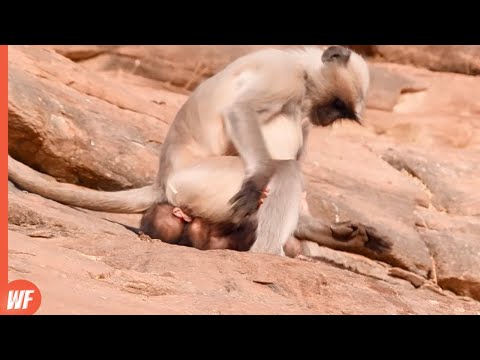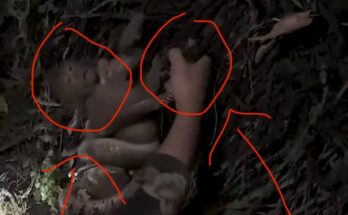
The natural world is filled with beauty, survival, and sometimes shocking brutality. Among the most disturbing behaviors observed by wildlife researchers are cases of animals killing their own young. To human eyes, this act seems unthinkable, yet in the animal kingdom, it is often driven by survival strategies, environmental pressures, or instinctive behaviors.
One of the most well-known examples comes from primates. In some monkey and ape species, infanticide occurs when a new dominant male takes over a troop. By killing the infants of his predecessor, he forces the females to return to fertility sooner, allowing him to pass on his genes more quickly. While cruel, this behavior is rooted in evolutionary biology, ensuring the male’s lineage continues. For the females, it is a tragic but unavoidable consequence of troop dynamics.
Lions display similar behavior. When a new male coalition takes control of a pride, they often kill the cubs fathered by the previous males. This ruthless act shortens the reproductive gap and secures their own genetic legacy. For the cubs, the takeover is a death sentence; for the pride as a whole, it is part of nature’s brutal cycle of dominance and survival.
Rodents, too, sometimes kill their offspring under extreme stress or when resources are scarce. A mother mouse may cannibalize her pups if she perceives that she cannot adequately care for them or if she senses illness. Though shocking, this behavior may actually be an instinctive attempt to conserve energy for future, healthier litters.
Even birds are not exempt. Some species, such as egrets, exhibit “siblicide,” where stronger chicks kill their weaker siblings. In some cases, the mother may allow or even encourage this, ensuring that at least one chick survives in environments where food is limited.
While these acts may seem insane from a human perspective, in the wild they are often survival strategies shaped by evolution. Nature does not operate on human morality—it follows the harsh rules of survival, reproduction, and adaptation. Still, watching such moments unfold is a powerful reminder that the natural world can be as merciless as it is magnificent.


